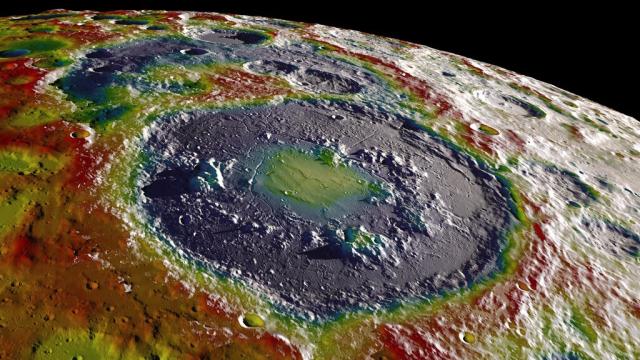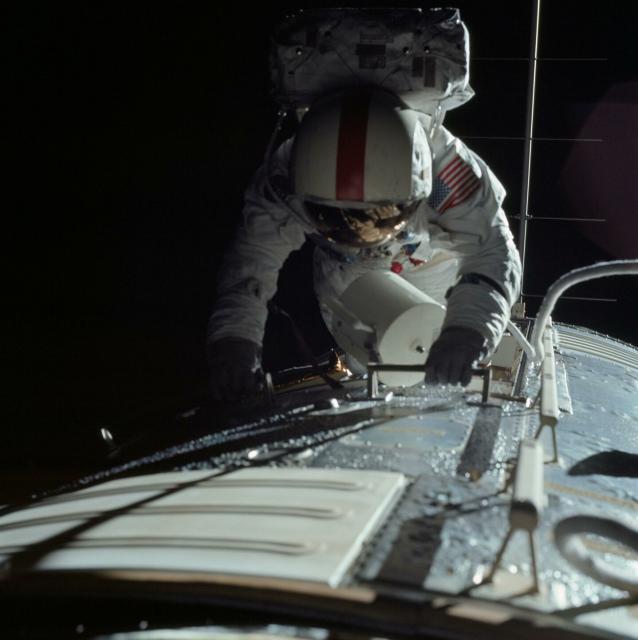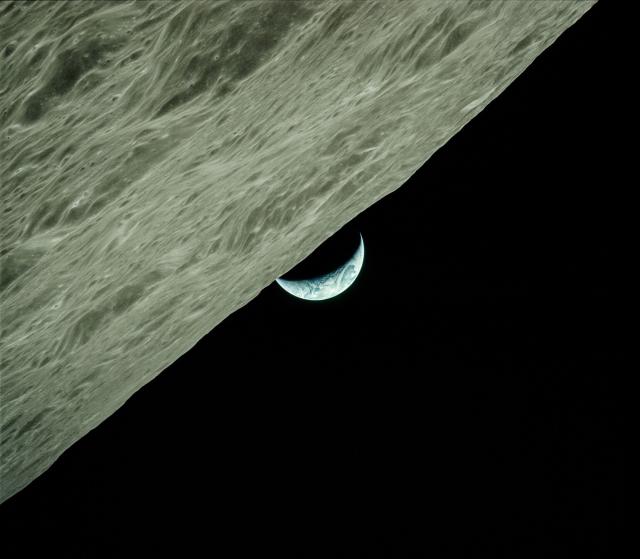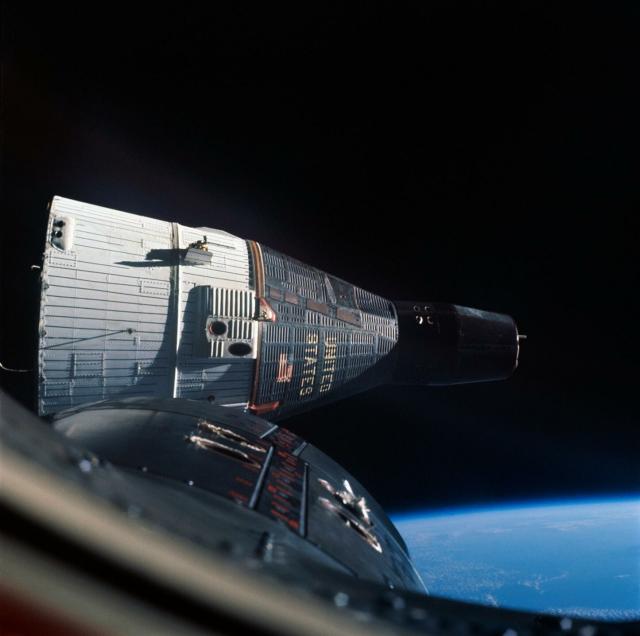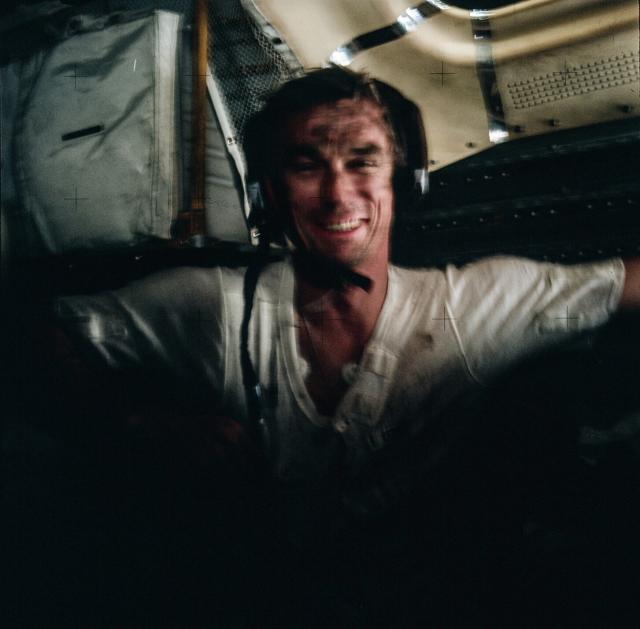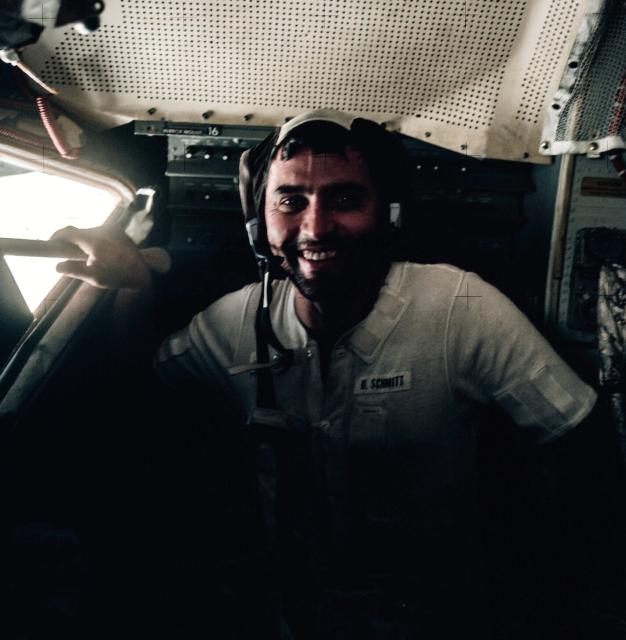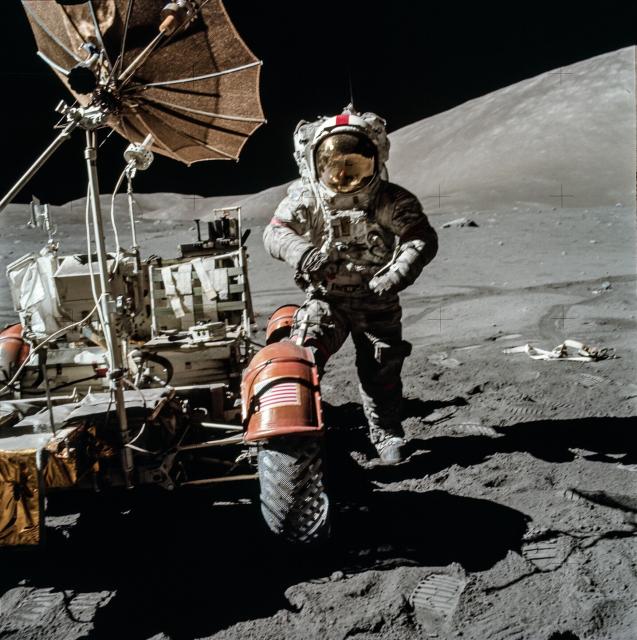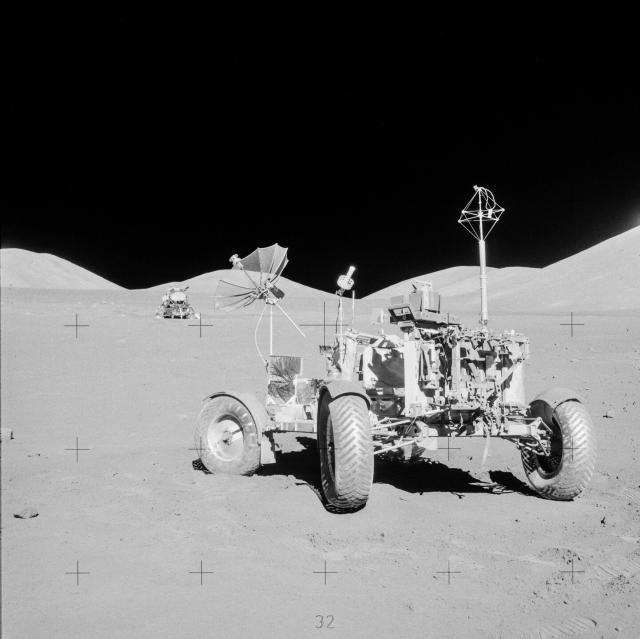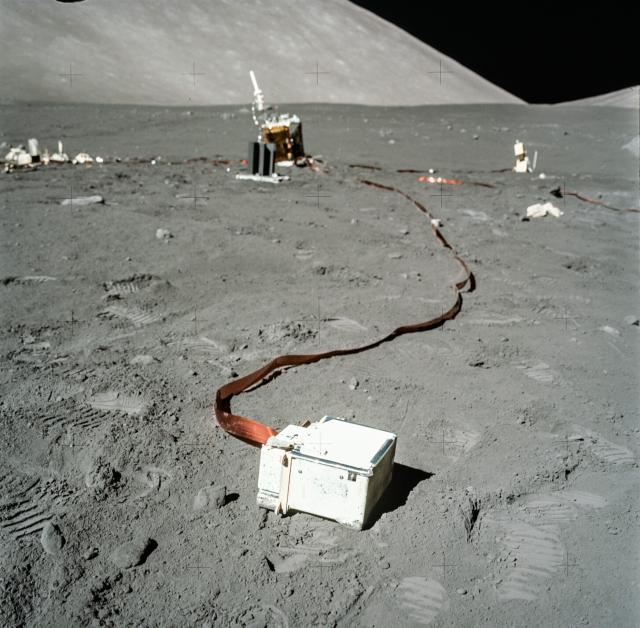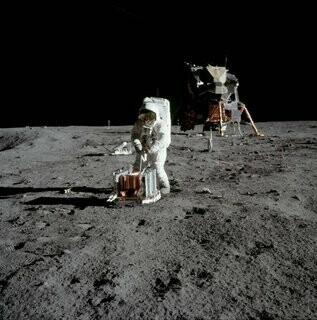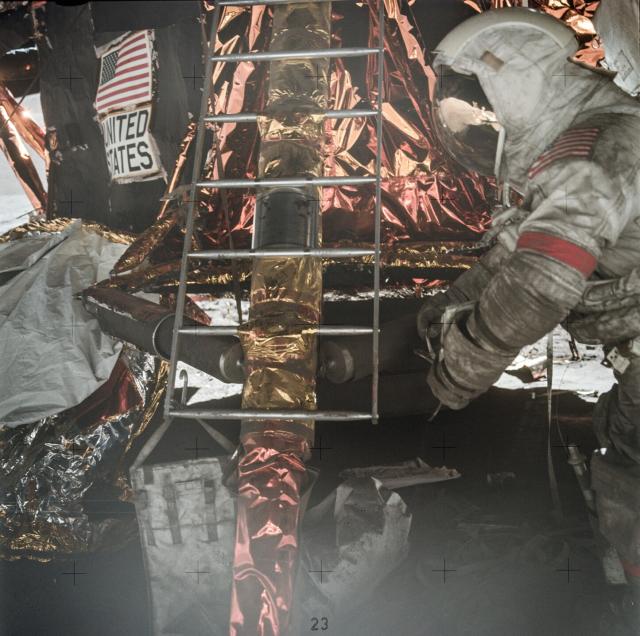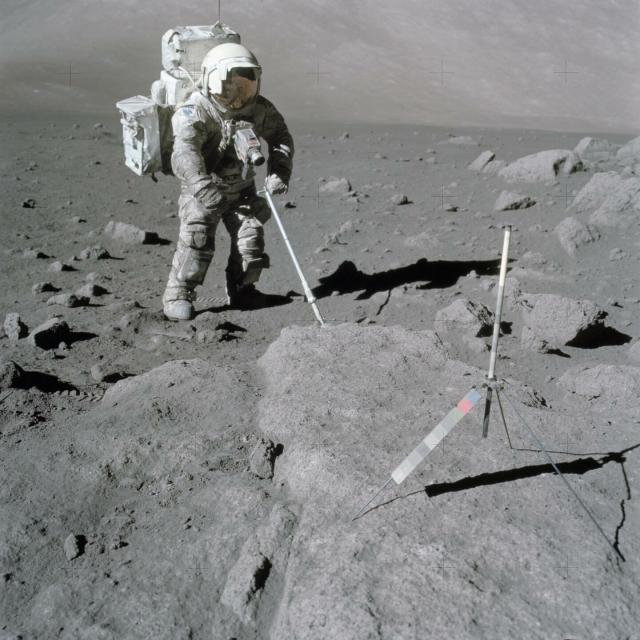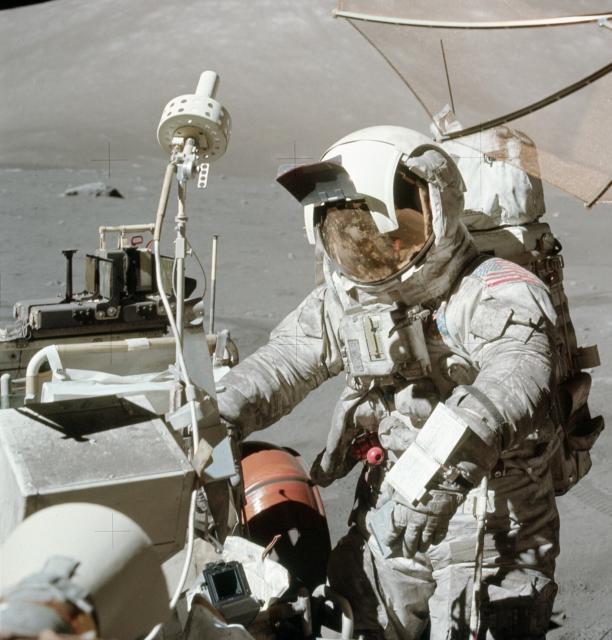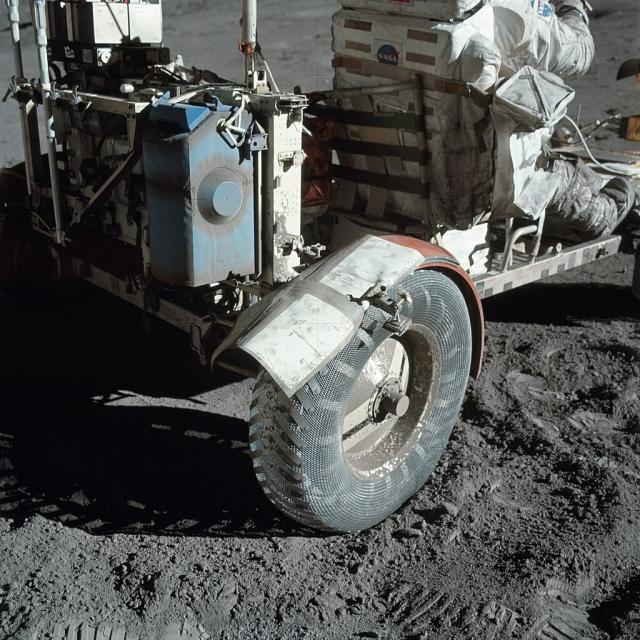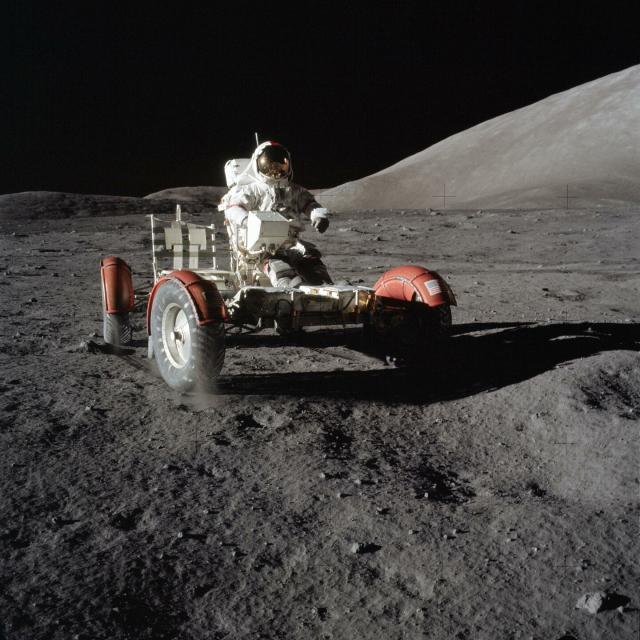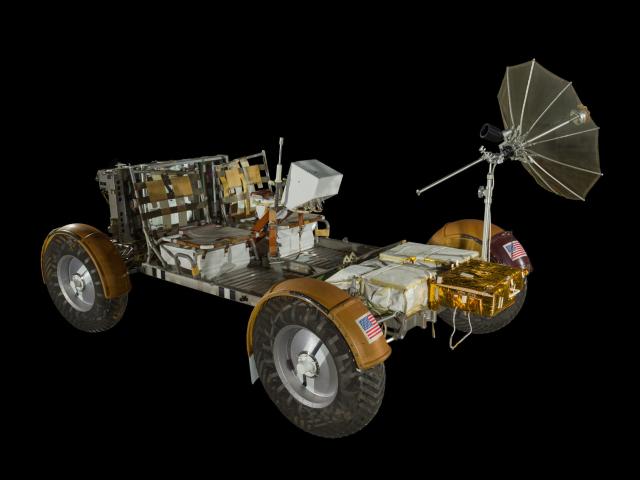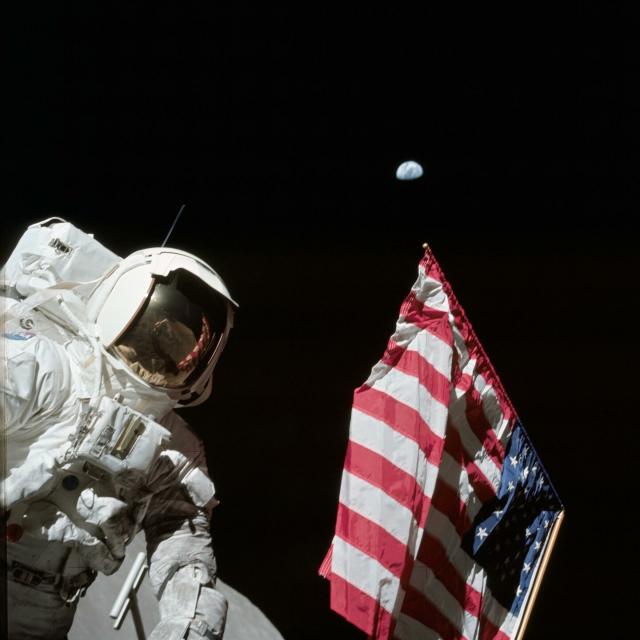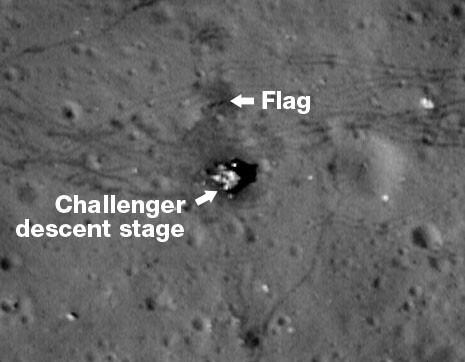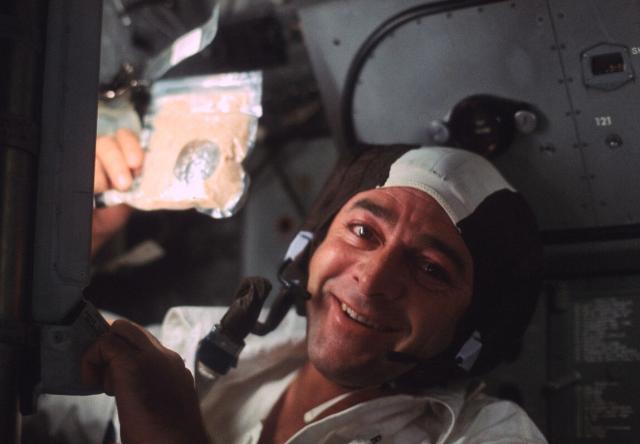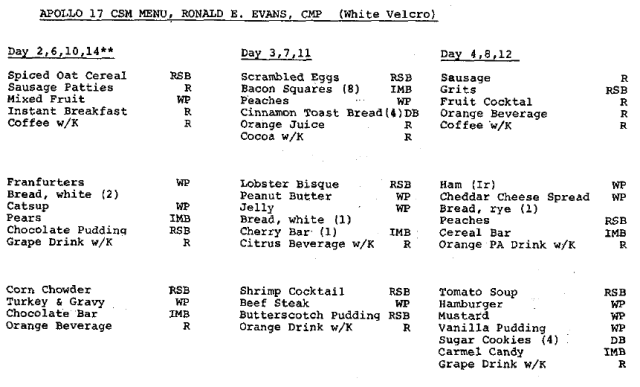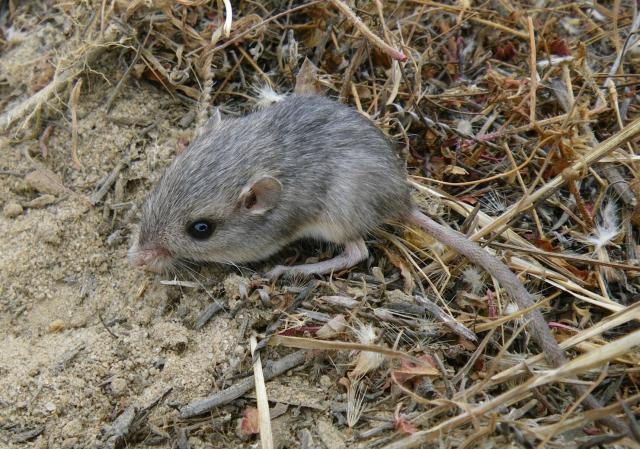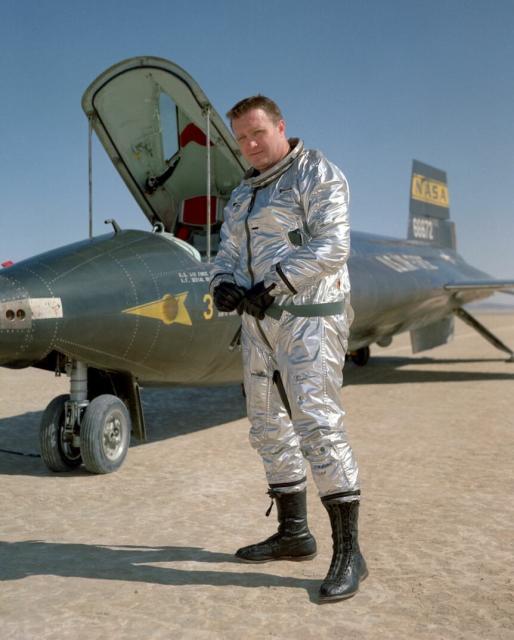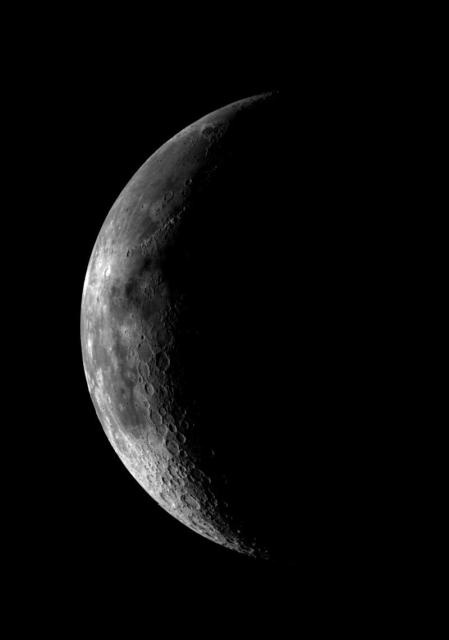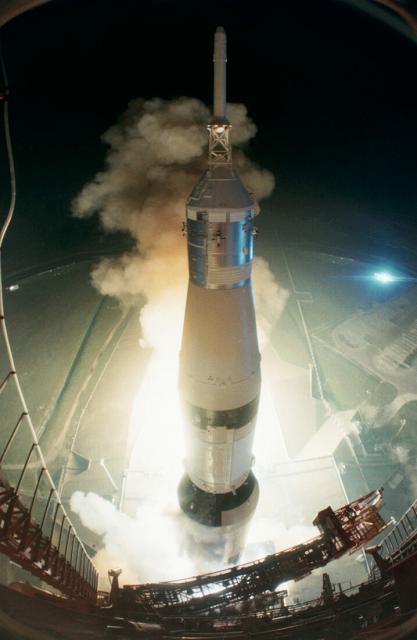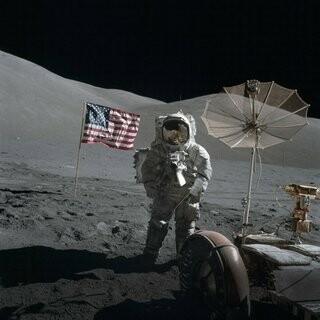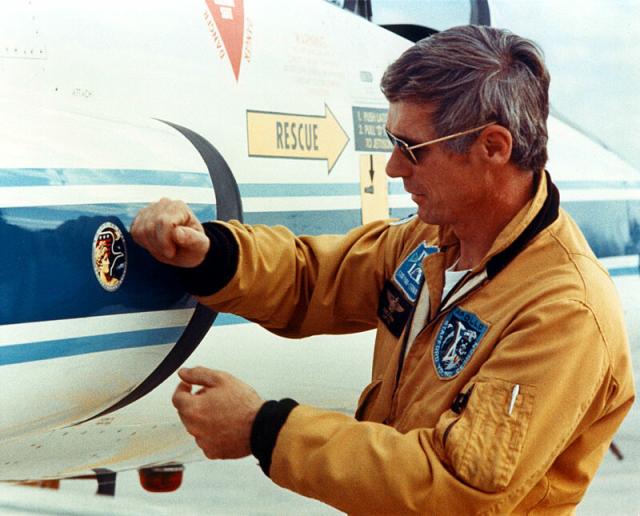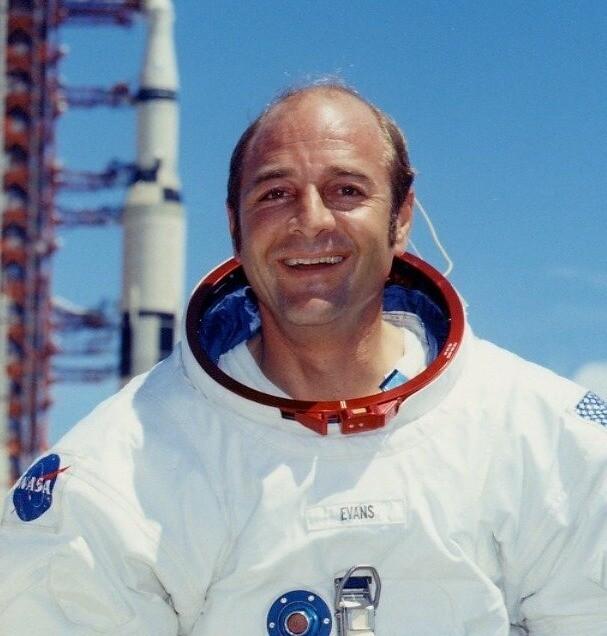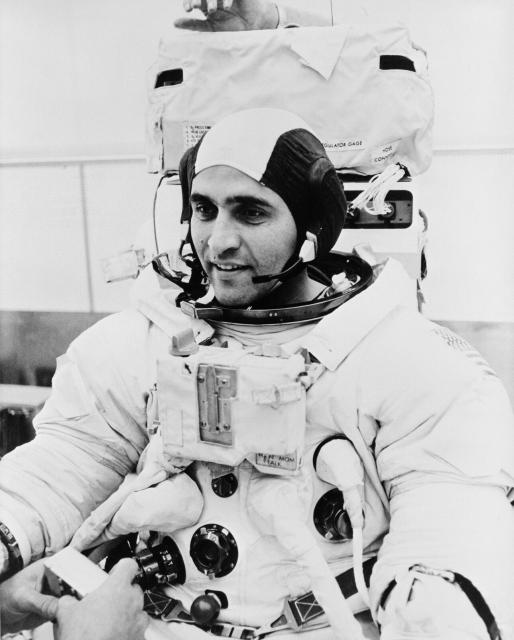Search
Items tagged with: NASAhistory
Learn more about GRAIL: https://go.nasa.gov/3Hv4XNU
#NASAhistory
GRAIL - Moon Missions - NASA Jet Propulsion Laboratory
Launch and mission summary for NASA's GRAIL mission, launched in September 2011 to measure the moon's gravity.NASA Jet Propulsion Laboratory (JPL)
Watch as Ron Evans, the #Apollo17 command module pilot performed a deep space EVA to retrieve a film canister on the outside of the spacecraft: https://apolloinrealtime.org/17/?t=257:43:19
#Apollo50th
#NASAhistory
Apollo 17 in Real Time
A real-time interactive journey through the last landing on the Moon. Relive every moment as it occurred in 1972.Apollo 17 in Real Time
Photo: View of the far side of the Moon taken just after TEI.
#NASAhistory
#NASAhistory
Then and Now: Apollo to Artemis
More than 50 years ago, NASA sent the first humans to the Moon through the Apollo program. Now, NASA is preparing to send the first woman and first person of color to the lunar surface as part of the Artemis program.Jason Costa (NASA)
Astronauts Walter Schirra (right) and Thomas Stafford shake each other's hand as they arrive aboard the USS Wasp aircraft carrier, after their nearly 26-hour Gemini-VI-A spaceflight #OTD in 1965. It was the 1st recovery to be broadcast live on TV!
#NASAhistory
Gene Cernan sent greetings from the #Apollo17 crew to everyone back on Earth #OTD in 1972. #Apollo50th
📷 Earthrise seen from lunar orbit
#NASAhistory
The oldest known unshocked rock retrieved from the Moon, called Troctolite 76535, was collected by #Apollo17 astronaut Harrison Schmitt. It’s at least 4.2 BILLION years old. @NASAMoon
#NASAhistory
#Apollo50th
#NASAhistory
Astromaterials 3D
The mission of the Astromaterials 3D project is to make more accessible NASA's Apollo Lunar Sample and Antarctic Meteorite collections, and to share their wondrous cosmochemical stories through interactive, high-resolution, research-grade 3D models.Astromaterials 3D
The first-ever rendezvous of two spacecrafts with astronauts on board happened #OTD in 1965. This photo of the Gemini VII craft was taken by the crew of Gemini VI.
Learn more about this historic meetup in Earth's orbit: https://go.nasa.gov/3hhSWR7
#NASAhistory
Dual Gemini Flights Achieved Crucial Spaceflight Milestones
The flights of two piloted spacecraft during December 1965 were major strides forward in advancing NASA's capabilities in human spaceflight.NASA
#NASAhistory
#NASAhistory
Near the end of their last EVA, #Apollo17 astronauts Cernan and Schmitt parked the rover with its camera pointed at the LM to record its launch from the Moon. Over 3 days, they had completed 22 hours of EVAs—the most of all the Apollo missions. #Apollo50th
#NASAhistory
#NASAhistory
📷 The lunar mass spectrometer, one of the instruments of the ALSEP, is seen in the foreground.
#NASAhistory
More about moonquakes: https://go.nasa.gov/3Y0VNOQ
#NASAhistory
Ep. 266: Moonquakes
Lunar Seismologist Dr. Ceri Nunn joins us from NASA’s Jet Propulsion Laboratory in California to talk about moonquakes and why studying seismic activity on the Moon is important for the future of human spaceflight. HWHAP Episode 266.Heidi Lavelle (NASA)
#NASAhistory
These words, signed by the #Apollo17 astronauts and President Nixon remain on the Moon’s surface affixed to one of the legs of the lunar lander. #Apollo50th
#NASAhistory
#NASAhistory
Find out ➡️ https://go.nasa.gov/3XUI5wQ
And check out how dirty Schmitt's suit is in this photo!
#NASAhistory
NASA - Apollo Chronicles: The Mysterious Smell of Moondust
Long after the last Apollo astronaut left the moon, a mystery lingers: Why does moondust smell like gunpowder?Science@NASA
#NASAhistory
As a precaution, the LRV had a walk-back limit in the event of an LRV issue; astronauts had to have enough resources to walk back to the lunar module.
#NASAhistory
Read more: https://go.nasa.gov/3B9mJSz
#NASAhistory
Experience the #Apollo17 astronauts planting the flag: https://apolloinrealtime.org/17/?t=118:21:05
#NASAhistory
Apollo 17 in Real Time
A real-time interactive journey through the last landing on the Moon. Relive every moment as it occurred in 1972.Apollo 17 in Real Time
Check it out: http://lroc.sese.asu.edu/posts/379#extended
#NASAhistory
Experience the landing: https://apolloinrealtime.org/17/?t=112:59:02
#Apollo50th #synchronicity
#NASAhistory
Apollo 17 in Real Time
A real-time interactive journey through the last landing on the Moon. Relive every moment as it occurred in 1972.Apollo 17 in Real Time
@NASA_Astronauts have an array of menu items to stay well fed and hydrated on missions. The #Apollo17 menus had around 2500 calories allocated per day for each astronaut.
Check out some of the menu items during our last trip to the Moon.
#NASAhistory
🥪 PB Sandwich
🌭 Frankfurters
🥫 Lobster Bisque
Like anything going to space, weight and containment matter. That's why the #Apollo17 menu included many soups and puddings. Have a favorite? Comment below! #Apollo50th
See all the meals: https://go.nasa.gov/3VXgyJB
#NASAhistory
Photo credit: @USGS
#NASAhistory
More about McKay: https://go.nasa.gov/3HcTOkz
#NASAhistory
John B. McKay
NASA.gov brings you the latest images, videos and news from America's space agency. Get the latest updates on NASA missions, watch NASA TV live, and learn about our quest to reveal the unknown and benefit all humankind.NASA
#NASAhistory
Apollo 17 in Real Time
A real-time interactive journey through the last landing on the Moon. Relive every moment as it occurred in 1972.Apollo 17 in Real Time
#NASAhistory
Galileo - Overview
Galileo was designed to make the first study of Jupiter and its moons and magnetosphere from orbit. The orbiter carried 10 science instruments and a atmospheric probe.NASA Solar System Exploration
#NASAhistory
#OTD in 1972, #Apollo17 set out for the Moon, carrying with it astronauts Gene Cernan, Jack Schmitt, and Ron Evans. #Apollo50th
Experience the launch in real time: https://apolloinrealtime.org/17
#NASAhistory
Apollo 17 in Real Time
A real-time interactive journey through the last landing on the Moon. Relive every moment as it occurred in 1972.Apollo 17 in Real Time
#NASAhistory
🎧 Listen to @NASA_Johnson’s Houston We Have a Podcast episode 121 to learn more. https://www.nasa.gov/johnson/HWHAP/apollo-17
#NASAhistory
Ep 121: Apollo 17
Dr. Harrison Schmitt, the Apollo 17 lunar module pilot and the only geologist to walk on the Moon, discusses the 50th anniversary of the Apollo program, his Apollo 17 mission, what is scientifically interesting about the Moon, and what we have to loo…Norah Moran (NASA)
Check out more photos: https://go.nasa.gov/3VXgppx
#NASAhistory
Gene Cernan
NASA brings you images, videos and features from the unique perspective of America's space agency. Get updates on missions, watch NASA TV, read blogs, view the latest discoveries, and more.NASA
Ron Evans's biography: https://go.nasa.gov/3H1dCHC
#NASAhistory
#NASAhistory
